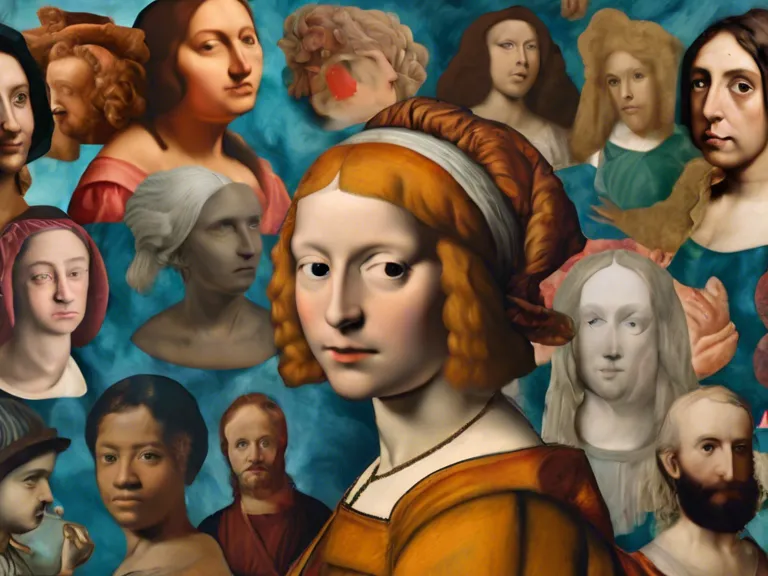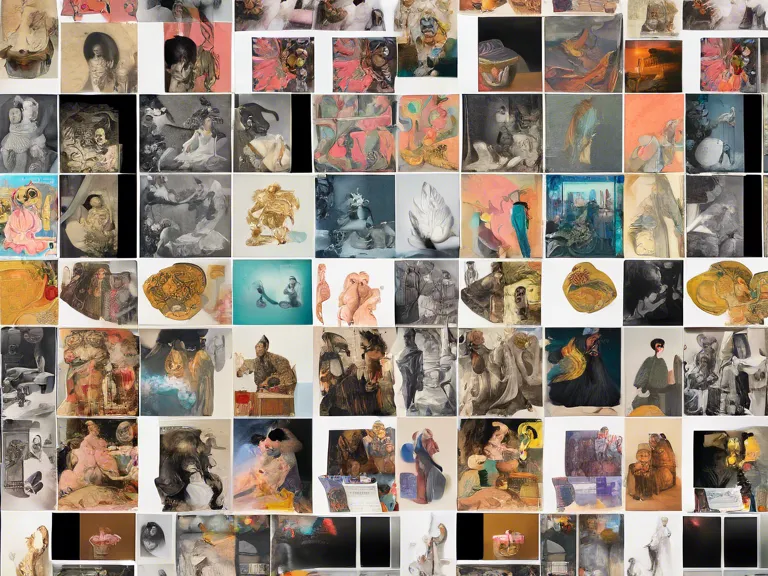
In recent years, the art world has experienced a technological revolution with the rise of Non-Fungible Tokens (NFTs). These digital assets have transformed the way artists create, sell, and collect art, leading to what some are calling the "New Renaissance."
NFTs are unique digital tokens that represent ownership of a specific piece of artwork or digital content. By minting their work as NFTs, artists can authenticate their creations, establish provenance, and sell them directly to collectors on blockchain platforms. This technology has opened up new possibilities for artists to monetize their work, reach a global audience, and experiment with different forms of expression.
One of the most significant impacts of NFTs on the art world is the democratization of the market. Traditionally, the art world has been dominated by galleries, auction houses, and wealthy collectors who controlled the distribution and pricing of artwork. With NFTs, artists can bypass these gatekeepers and sell their work directly to their audience, leveling the playing field and giving emerging artists a platform to showcase their talent.
Moreover, NFTs have enabled artists to explore new mediums and formats that were previously impossible in the physical world. From digital art, virtual reality experiences, and interactive installations, artists are pushing the boundaries of what art can be and blurring the line between the physical and digital realms.
As the popularity of NFTs continues to grow, the art world is experiencing a cultural shift towards a more decentralized and inclusive ecosystem. Collectors are no longer limited to physical spaces to view and purchase art; they can now engage with artists and their work from anywhere in the world, 24/7.
In conclusion, NFTs are revolutionizing the art world by empowering artists, engaging collectors, and redefining the boundaries of creativity. The New Renaissance is here, and it's digital.


